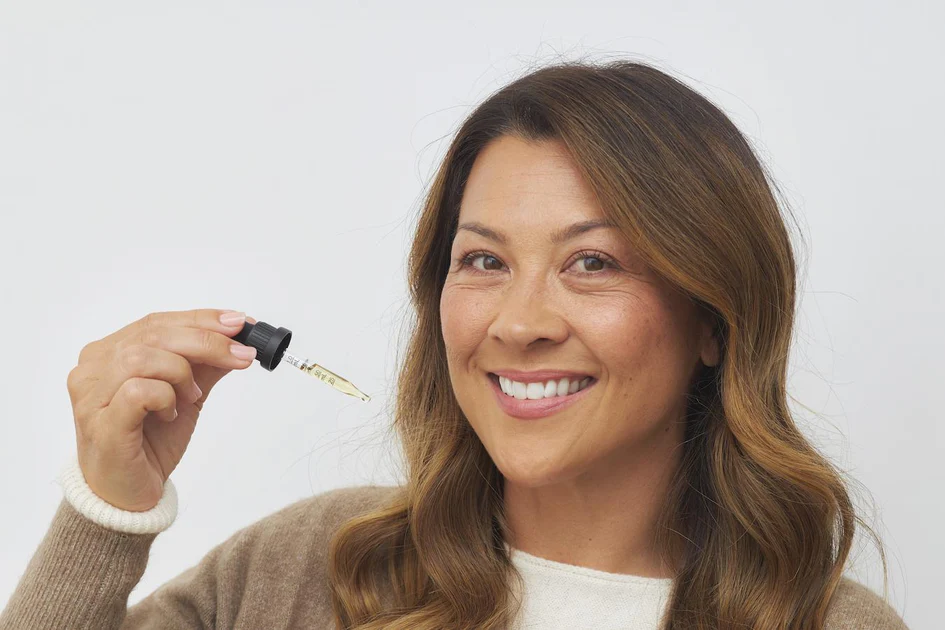Introduction:
Anxiety disorders affect millions worldwide, with individuals seeking relief from a variety of treatments, including pharmaceuticals, therapy, and complementary medicine. Cannabigerol (CBG), a lesser-known cannabinoid derived from the cannabis plant, has garnered attention for its potential therapeutic effects, including its purported anxiolytic properties. This article delves into the existing research to elucidate whether CBG indeed offers relief for anxiety sufferers.

Understanding CBG:
CBG, often referred to as the “mother cannabinoid,” is a precursor to other cannabinoids like THC and CBD. Despite being present in low concentrations in most cannabis strains, researchers have begun to explore its pharmacological effects. Unlike THC, CBG is non-psychoactive, making it an appealing option for those seeking therapeutic benefits without the intoxicating effects.
The Endocannabinoid System and Anxiety:
The endocannabinoid system (ECS) plays a crucial role in regulating various physiological processes, including mood and stress responses. CBG interacts with the ECS by binding to cannabinoid receptors, primarily CB1 and CB2, which are distributed throughout the central nervous system. By modulating these receptors, CBG may influence anxiety-related pathways, offering a potential mechanism for its anxiolytic effects.
Evidence from Preclinical Studies:
Preclinical studies on animals have provided preliminary evidence supporting the anxiolytic properties of CBG. Research indicates that CBG administration reduces anxiety-like behaviors in rodents subjected to stress-inducing tasks. These findings suggest that CBG may modulate neurotransmitter systems involved in anxiety regulation, such as serotonin and GABA, although further research is needed to elucidate the underlying mechanisms fully.
Human Studies and Clinical Trials:
Despite promising results from animal studies, human research on CBG’s effects on anxiety is limited. As of now, there are no large-scale clinical trials specifically investigating CBG for anxiety disorders. However, anecdotal reports and small-scale studies have suggested potential benefits. Some users have reported reduced anxiety levels and improved mood after consuming CBG products, although the subjective nature of these reports warrants cautious interpretation.
Challenges and Considerations:
Several challenges hinder the comprehensive evaluation of CBG’s efficacy for anxiety. The lack of standardized dosing guidelines and limited availability of high-quality CBG products pose obstacles for both researchers and consumers. Additionally, regulatory restrictions on cannabis research have impeded large-scale clinical trials, limiting our understanding of CBG’s therapeutic potential.
Potential Mechanisms of Action:
CBG’s anxiolytic effects may stem from its interactions with various molecular targets implicated in anxiety regulation. For instance, CBG’s ability to activate serotonin receptors and inhibit GABA uptake suggests modulation of neurotransmitter signaling pathways involved in anxiety modulation. Moreover, CBG’s anti-inflammatory and neuroprotective properties could indirectly influence anxiety by mitigating neuroinflammation and oxidative stress, which are linked to mood disorders.
Safety and Side Effects:
While CBG appears to have a favorable safety profile, further research is needed to assess its long-term effects and potential interactions with other medications. Some users have reported minor side effects such as dry mouth, dizziness, and fatigue, although these effects are typically mild and transient. As with any supplement or medication, individuals should consult healthcare professionals before incorporating CBG into their treatment regimen, particularly those with underlying medical conditions or taking other medications.
Future Directions:
The growing interest in CBG’s therapeutic potential warrants further investigation through rigorous clinical trials and longitudinal studies. By elucidating CBG’s mechanisms of action and therapeutic efficacy, researchers can better understand its role in anxiety management and potentially develop novel treatment strategies. Additionally, efforts to standardize CBG production and establish regulatory frameworks will facilitate access to high-quality CBG products for consumers seeking natural alternatives for anxiety relief.
Conclusion:
While preliminary evidence suggests that CBG may hold promise as an adjunctive treatment for anxiety, more research is needed to validate its efficacy and safety. Despite the challenges and limitations, ongoing scientific inquiry into CBG’s pharmacological properties offers hope for individuals struggling with anxiety disorders. With continued research and regulatory support, CBG has the potential to emerge as a valuable therapeutic option in the management of anxiety and related mood disorders.
